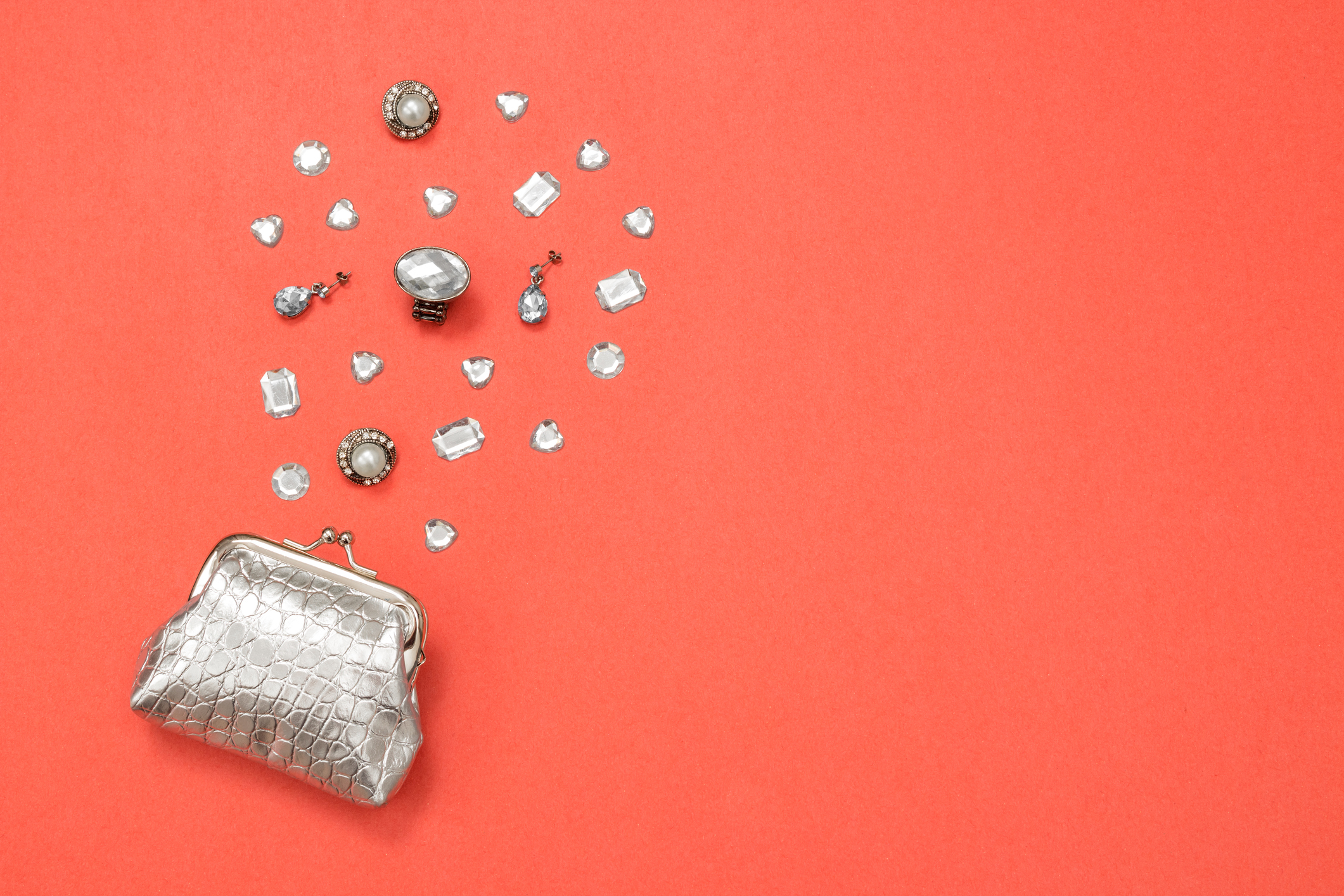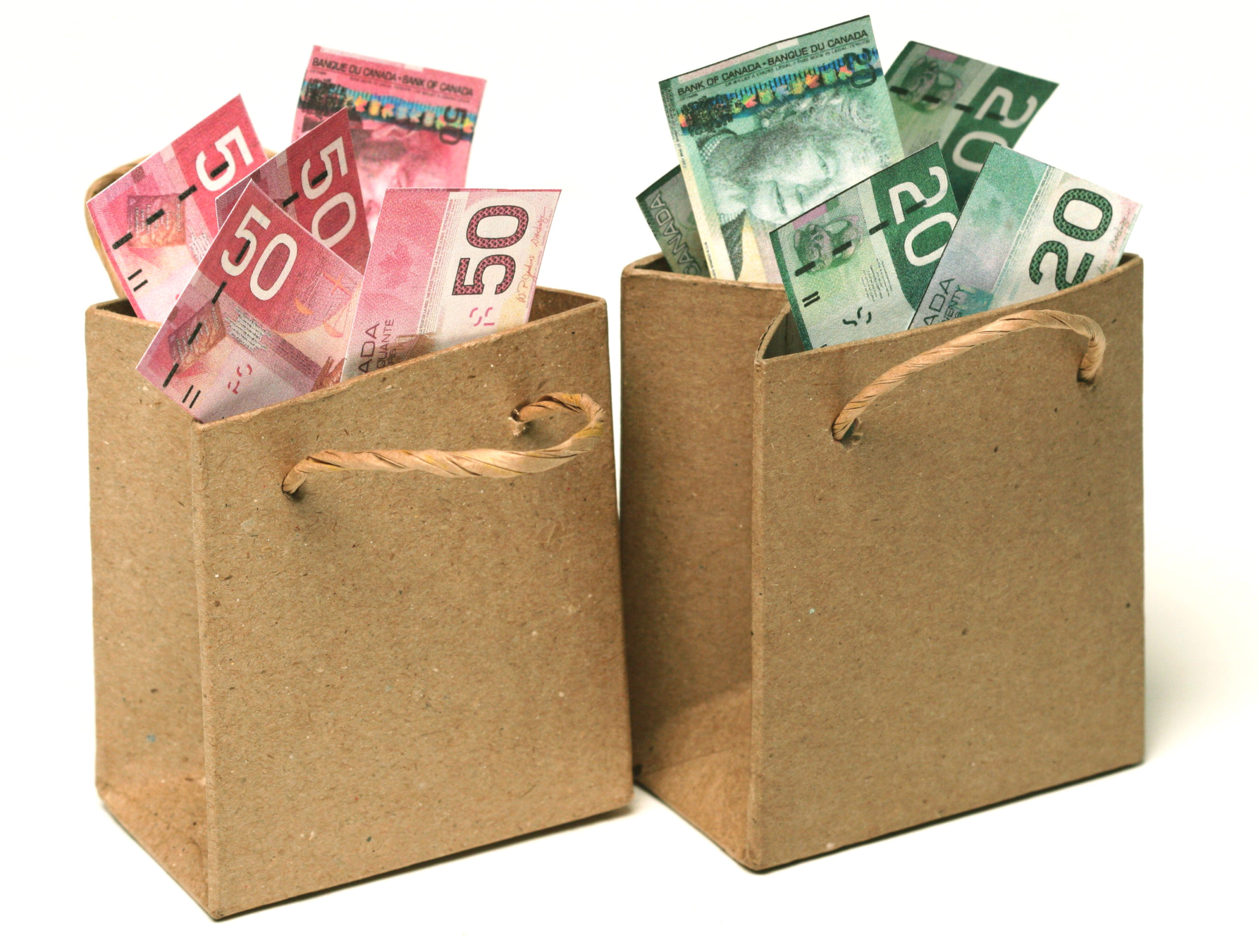— We take our content seriously. This article was written by a real person at BREL.
Today, we’re talking about down payments: how much they need to be, exceptions to the rules and strategies to help you save a down payment faster.
Contents
Downpayments in Real Estate
In real estate, a downpayment is the amount of money you contribute towards the price of a home. If you have $100,00 and want to buy a $750,000 condo, your $100,000 is the downpayment, and you’ll need a mortgage for $650,000.
Related: All About Mortgages
Downpayments can come from:
- Personal savings
- RRSP’s
- Gifts or inheritances
- Borrowed money (for example, a secured home credit line)
Don’t forget that when buying a home, you’ll also need to budget for closing costs, so your downpayment is rarely equal to the amount of money you have saved.
 How Much is a Downpayment?
How Much is a Downpayment?
The amount of the downpayment you need to pay depends on the price of the property you buy.
Minimum Downpayments
In most situations, you’ll need a minimum of 5% down for properties under $500,000; 5% on the first $500,000 and 10% on the amount between $500,000-1 million for properties priced between 500K-1 Million, and 20% down for properties priced over $1 million.
Condos & Houses Under $500,000
In Ontario, you’ll need a minimum down payment of 5% of the purchase price for a home under $500,000. That means you can borrow up to 95% of the price of the home (assuming you qualify for a mortgage based on your income, credit score, assets and liabilities). Example: $475,000 condo – downpayment required: $23,750
When your downpayment is less than 20%, you have to purchase mortgage default insurance (through CMHC, Genworth Financial or other companies). The premium of the insurance is calculated as a percentage of the mortgage and depends on the amount of your downpayment. Click here to calculate CMCH loan insurance.
Properties >$500,000 but < $1 Million
If the home costs more than $500,000 but less than a million dollars, you’ll need a minimum of 5% down on the first $500,000 and 10% on the remainder. You’ll also need to buy mortgage default insurance. Example: $750,000 condo – downpayment required = ($500,000 * 0.05) + (250,000 * 0.10) = $50,000
Properties over $1 Million
For properties over 1 million dollars, you’ll need a 20% downpayment (but you won’t have to buy loan insurance). Example: $1,300,000 house – Downpayment required: $260,000
Exceptions to Minimum Downpayment Rules
There are times when buyers need bigger downpayments than usual to qualify for a mortgage. For example:
- Banks sometimes require self-employed individuals to have bigger-than usual downpayments.
- For condos under 500 sqft
- When buying a co-operative apartment (vs a standard condo)
- Condos in certain buildings that have been flagged by lenders. Condos sometimes get flagged by banks as higher risk investments because of legal, financial or structural problems with the condominium corporation.
Always to talk to your bank or mortgage broker about how much downpayment you need.
How Much Should Your Downpayment Be?
The size of down payments in Toronto varies greatly. How much a Buyer can save for a downpayment is affected by age, income, access to other money (e.g. inheritances, bonuses and gifts), marital status, spending habits and whether they already own a home.
You’ll need to balance the benefits of a bigger downpayment with the risks of waiting to buy. In a real estate market where prices are increasing, the money you could save by having a bigger downpayment might quickly be inconsequential because of how much more you’ll have to pay for a home.
Is it Better to Put a Large Downpayment on a House?
It’s almost always to your advantage to put as much money down on a home as possible.
Bigger down payments mean smaller mortgages, and that means:
- Lower monthly mortgage payments:
- Example: Buying a $750,000 condo at 3% interest, amortized over 25 years
- At 7.5% down: $3,414 (including mortgage insurance)
- At 10% down: $3,293 (including mortgage insurance)
- At 15% down: $3,101 (including mortgage insurance)
- At 20% down: $2,839 (no mortgage insurance required)
- Example: Buying a $750,000 condo at 3% interest, amortized over 25 years
- Lower interest costs over the life of your mortgage
- The difference between putting a 7.5% downpayment vs a 15% downpayment on a $750,000 purchase is almost $10,000! Increase that downpayment to 20%, and you save almost $17,000 in interest payments.
And don’t forget: If you can get your downpayment to 20%, you won’t have to pay loan insurance. If you put 20% down instead of 10% on a $750,000 home, that’s a $21,000 savings in mortgage default insurance.
Having a bigger downpayment also means you’ll qualify for a bigger mortgage, which might mean you can buy a bigger home or in a better neighbourhood. Check out Rate Hub’s Mortgage Affordability Calculator to see how your home budget changes with a bigger downpayment.
 Saving for a Downpayment: 7 Strategies For First Time Buyers
Saving for a Downpayment: 7 Strategies For First Time Buyers
One of the biggest challenges facing first-time home Buyers is saving the downpayment. Here are seven tried-and-true ways of saving money to buy a house or condo:
1. Found Money
Found money is my favourite kind of money and can really help pad your downpayment. From bonuses to birthday cheques from Grandma to money from your beer bottle returns to my favourite: that magical date when you max out on your EI and CPP contributions and your pay suddenly goes up by hundreds of dollars until the end of the year. You won’t miss found money – just pretend you never had it in the first place. Cash those cheques and deposit them immediately to a safe place.
2. The Latte Factor – Reduce Your Spending
I know you’ve heard this one before, but making a bunch of small changes in your lifestyle can help you save thousands of dollars. From cancelling magazine subscriptions and gym memberships you don’t use, to yes, forgoing your daily venti americano and bringing your lunch to work, making small changes now will help you buy your first home faster. Figure out what you can live without and direct that money automatically to your savings account.
Check out the website You Need a Budget to help save money for your downpayment.
3. Increase Your Downpayment With The Bank of Mom and Dad
If you’re fortunate enough to have a family with a little extra cash, the Bank of Mom and Dad can be a lifesaver when it comes to increasing the size of your downpayment. It’s not easy being a first-time Buyer in Toronto, where the average price of a condo is almost $700,000, and semi-detached houses cost over $1 million. Parental help can often mean the difference between buying what you want and buying a 400 sqft condo with no windows in a bad part of town. Of course, parental contributions generally come with strings attached, so be prepared for guilt trips and unsolicited advice about what you’re buying.
Related: How to Help Your Adult Kids Buy a Home
4. Use Your RRSP For Your Downpayment: The Home Buyer RRSP Plan
The Canadian government allows first-time Buyers to take up to $35K from their RRSP tax-free to use towards the purchase of a first home. If you haven’t been regularly contributing to an RRSP, consider taking the money you’ve saved and flipping it through an RRSP for 90 days. You’ll be eligible for a tax refund for the contributions you make, which you can use to help pay closing costs. It’s an easy way to increase the size of your downpayment by up to 40%. Of course, this strategy works best for spring purchases when you get your tax refund in time to help with the costs.
Related: Home Buyer Incentive Programs
5. Practice Mortgage Payments
If you’re currently living with your parents, consider banking the money you’d otherwise be paying in rent. Better yet, figure out how much your mortgage payments/taxes/condo fees will be when you do buy a home and start putting that money away now. It’s a great way to increase your downpayment – plus you’ll already be used to the payments when you actually do get your house or condo.
6. Better to Be Safe Than Sorry
Save your downpayment in a separate bank account, ideally one not accessible from a bank machine so that you won’t be tempted to dip into it for a last-minute vacation or a spontaneous round of drinks. Talk to your financial planner or bank about where you should invest it – while it might be tempting to try to make some quick money in the stock market, you might end up losing your hard-earned cash. Back when I was a first-time Buyer, I saved my downpayment in a GIC RRSP – the interest rate was ridiculously low, but at least I knew the amount I saved wouldn’t decrease.
7. The First Time Home Buyer Incentive Program
The First Time Home Buyer Incentive Program (FTHBI), announced in March 2019, aims to make housing more affordable for first-time Buyers in Canada. It’s essentially a shared equity program – where the Canada Mortgage and Housing Corporation (CMHC) contributes part of the downpayment in exchange for sharing in the appreciation (or loss) when the home eventually sells. For resale homes, CMHC will contribute up to 5% towards the downpayment; for new construction homes and condos, they’ll contribute up to 10%.
Like any government program, the FTHBI program has a lot of restrictions. People are considered first-time Buyers if: they have never owned a home before; or have recently experienced a breakdown of a marriage or common-law partnership; or who, in the last four years, did not occupy a home that they owned. Your salary must be $120,000 max, and the maximum purchase price must be under $565,000. Click here to find out if you’re eligible for the FTHBI program.
Related: All About the First Time Home Buyer Incentive Program
Saving money for a downpayment isn’t easy, but it’s a necessary evil on the path to homeownership. If you’re a first time Buyer in Toronto, the sooner you start saving for a home, the better.
You might also like:
The Ultimate First-Time Buyer Guide
How to Buy a Condo
99 Mistakes First-Time Buyers Make
First Time Buyer Reading List
